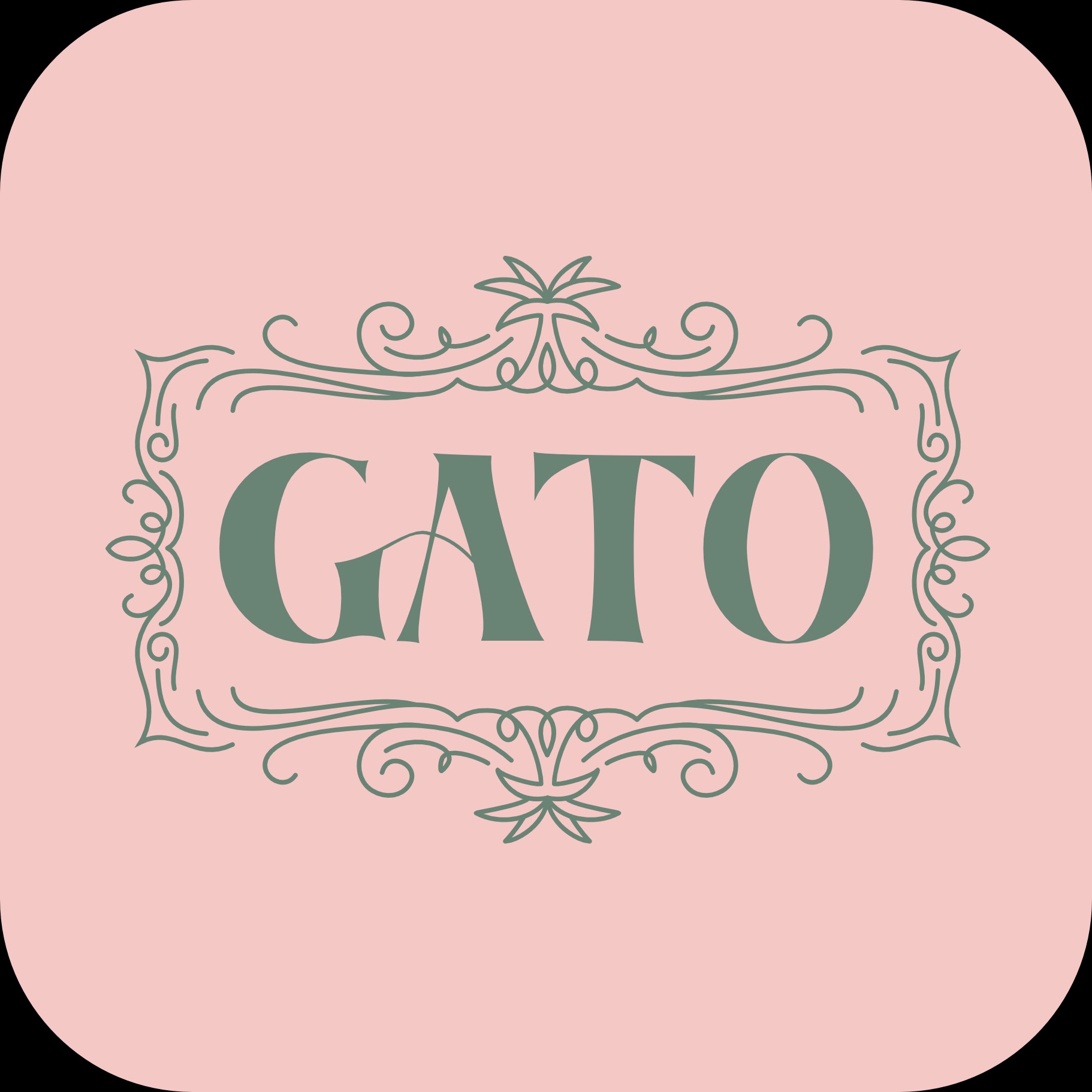Interview Questions
Gato Dates
Freelance Graphic Designer for Custom City Maps

How do you ensure your design work aligns with a brand’s tone and audience?
1. Understand the Brand Discovery phase: Review the brand guidelines (colors, typography, imagery rules, dos/don’ts). Tone & personality: Is the brand playful, serious, elegant, bold, eco-friendly, tech-driven? Audience profile: Who will see the design? Tourists, executives, students, gamers? 2. Translate Brand Identity into Visuals Color palette: Use brand colors or carefully chosen complementary tones. Typography & labeling: Match the voice — e.g., bold sans-serif for a tech brand, serif for an elegant boutique. Line weight & style: Minimalist thin lines for sophistication, thicker and friendlier lines for a casual audience. Iconography: Illustrations, symbols, or textures that feel consistent with the brand’s visual world. 3. Iterative Design Process Moodboards & sketches: Early drafts to align on look & feel. Feedback loops: Share versions and refine based on how well they resonate with brand voice. Audience testing (if possible): Make sure the intended users actually understand and connect with the design. 4. Practical Application Medium consistency: Check that the design looks good across digital, print, and scaled-down uses. Accessibility: Ensure colors and contrasts work for readability (especially in maps). Cultural sensitivity: Particularly with maps, ensure symbols/colors have the right meaning for the target audience.
Gato Dates
Freelance Graphic Designer for Custom City Maps

Can you share examples of custom map or illustrative design work you’ve done?
A minimalist map focuses on clarity and aesthetic simplicity. It strips away unnecessary details, using clean lines, neutral or limited color palettes, and clear typography. They’re especially popular for wall prints, editorial design, branding, and travel guides. Here are some ways they can be done: 1. Line-based minimalist maps Style: Just the road network or major outlines in thin, even strokes. Look: Black-and-white or monochrome, no textures or shading. Use case: Elegant posters of Paris streets, subway layouts, or favorite neighborhoods. 2. Shape + block minimalist maps Style: Land areas as flat shapes, with only essential divisions (districts, rivers, main roads). Look: Pastel or muted colors; no labels, or just minimal typography. Use case: Travel gift prints (“My Trip to Barcelona”), or corporate office wall art. 3. Iconic landmark maps Style: A few simple illustrations/icons overlaid on the city outline. Look: Sparse, geometric icons (tower, bridge, stadium). Use case: Tourism handouts, event guides, or creative city branding. 4. Thematic minimalist maps Style: Highlight only one data layer (e.g., cycling routes, rivers, green spaces). Look: Simple color coding with ample whitespace. Use case: Lifestyle apps, sustainable city projects, or urban studies. ✨ Design principles used: Negative space: breathing room between elements. Two to three colors max: often black + one highlight. Sans-serif typography: clean, legible, balanced with map geometry. Scalability: works equally well as a poster or a small icon on a website.


